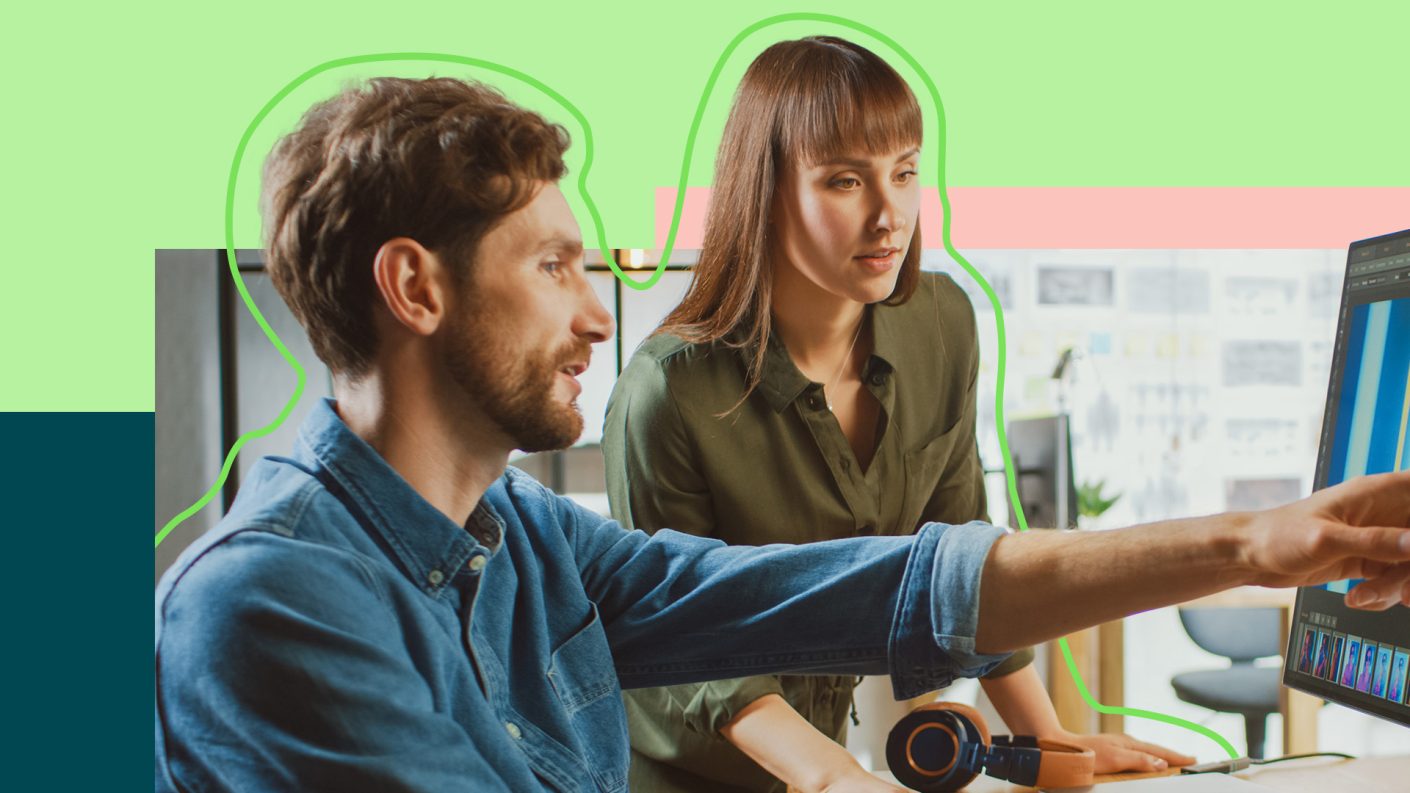Blog
Creative crowdsourcing and AI: why the human touch remains essential in a creative context
Five reasons why generative AI can boost creative processes but will never replace human creativity.


Charlene Van Niekerk
26 October 2023
3 min read
With the rise of AI and synthetic-data, a recurring question in the insights industry is: do we still need primary research, or can we rely solely on synthetic or artificially generated data? The same question can be posed in the context of creative crowdsourcing – a practice where organisations tap into the creative potential of consumers to generate new product, service, communication, or branding ideas. We’ve seen great examples of how AI fuels creative output. Nutella, for example, used AI to design new packaging for its jars, Coca-Cola created its ‘Masterpiece’ ad with AI assistance and Estée Lauder uses AI for copywriting purposes. So, why not rely entirely on AI systems for a continuous stream of creative inspiration and ideas? Do we still need people in the creative process? The answer is yes, and here is why.
#1 Tailored to consumer needs
The solutions derived from crowdsourcing are human-centric by nature, focusing on consumer needs, desires, and values. The contributors in crowdsourcing projects often are the end users, bringing in first-hand experiences. This personal connection and involvement leads to ideas that are practical and relevant, ensuring higher acceptability and adoption rates. AI systems cannot fully understand human needs, desires, and values as people can. For Pernod Ricard, we used our network of creatives, eÿeka, to come up with ideas on how the brand could better connect with local consumers across Asia. Being consumers themselves, the creatives came up with 80+ fresh ideas, tapping into a variety of ingredients and elements that widened Pernod Ricard’s horizon.
#2 Emotional intelligence
Emotional intelligence (EI) is the ability to recognise, understand, and manage our own emotions while also recognising, understanding, and influencing the emotions of others. This is unique to people. And it’s this EI that plays a vital role in creative crowdsourcing, as crowdsourced solutions are more likely to cater to a wide range of user experiences. Especially since it taps into a diverse crowd and in this way advocates inclusivity. The result are ideas that address genuine user pain points and desires and cater to different abilities, age groups, and specific needs. Today, AI still lacks this depth of emotional understanding that people naturally bring to the table.
#3 Contextual understanding
Understanding the context is essential for any solution to be effective. While AI can process vast data and identify patterns, human beings come with a wealth of personal experiences, cultural nuances, and emotional depths that give them a unique advantage in grasping the full scope of any situation. Imagine brainstorming ways to make air travel more accessible for the elderly. A young tech-savvy developer might think of advanced technological solutions, but someone who recently accompanied their aging parent on a flight might emphasise simpler aspects like clear signage, easy-to-reach overhead compartments, or more accessible restrooms. These personal experience offers tangible insights into the real challenges faced by elderly travellers. This human touch ensures that solutions are not only technically sound but also deeply connected to real-world nuances, making them more effective and impactful.
#4 Iterative learning
In a creative crowdsourcing process, ideas undergo iterative refinement. Contributors build upon the idea, incorporate feedback, and adapt it. With contributors from different backgrounds, expertise, and perspectives, ideas undergo rigorous scrutiny. This diverse feedback ensures that solutions are well-rounded and cater to a broad audience. It’s about leveraging the collective intelligence of a diverse group to refine, improve, and endorse solutions, something AI is not (yet) capable of.
#5 Group validation
Ideas sourced from a crowd come with built-in validation. If many people suggest or support a particular solution, it may indicate its viability or popularity. Weaker or less feasible ideas naturally get filtered out as they receive less support, while stronger ideas gain momentum. For businesses, those ideas that gain traction in crowdsourcing platforms might signify a gap in the market or a strong demand for a particular solution. This will boost confidence in execution. Implementers can proceed with the knowledge that the solution has been vetted and approved by a diverse set of individuals. When we assisted KitKat in shaping its ‘Snap Out of It’ campaign, we received 200 storyboarded ideas from 43 countries with 20 of them set in medieval times. This might have been linked to a ‘game of Thrones effect’ back then, but the fact that multiple creatives from our eÿeka network made this link, gave the KitKat team the confidence to include this context in their creative brief. This led to a successful campaign that got adopted worldwide.
To summarise, generative AI is a powerful tool that enhances creative processes by bringing in fresh perspectives, but it’s still far from replacing human creativity. We need to keep people front and central to come to fresh ideas that resonate with your target audience.
Need the human touch in your next creative project?
Let’s connect